Image
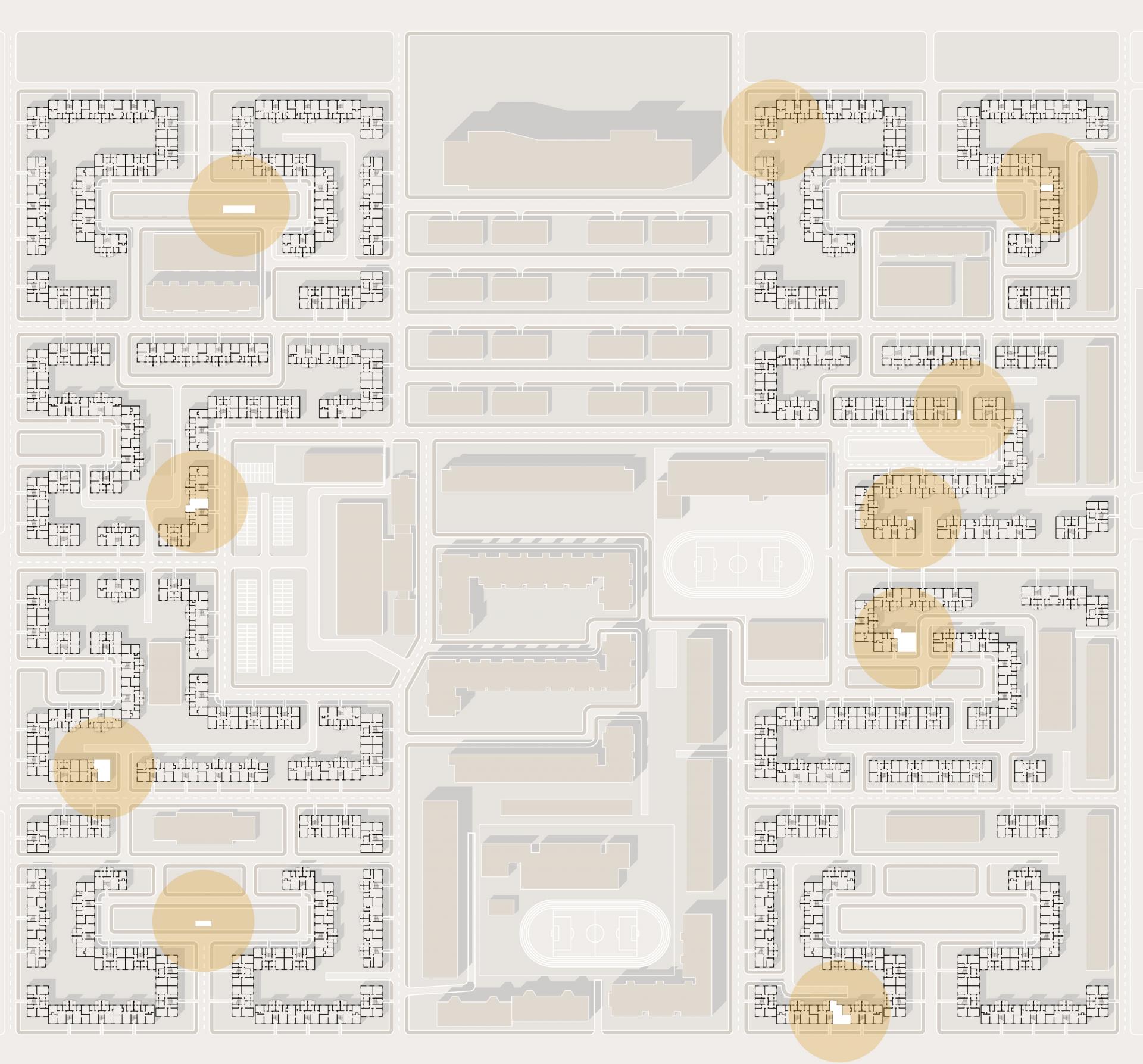
Yiran mu
Getting Closer:
Exploring re-contextualization in exhibition
Abstract
Due to the rise of globalization, the circulation of exhibits born in different cultural backgrounds to alien places all over the world has dramatically increased. Cultural contents are re-contextualized and shaped in a way to adapt to new environments where they lose their essence of place and risk stereotypes of distant cultures. The looming question over every exhibition is how, and to what extent, the original context of the objects on display will be acknowledged or reproduced. Should an effort be made to place pieces in a convincing approximation of their culture of origin? Or should objects be returned to their original setting altogether, rather than displayed in a completely foreign place? In exhibition design, the decision whether to reconstruct the context in the new environment or to return the exhibits to the original context has become central. However, an even greater challenge: if an exhibit inherently contains a complete context, how do you guide the audience to walk into it, understand it and remember it by taking advantage of the original context? The process of curating and displaying culture cannot be disconnected from its site of creation, especially if the object of display is Architecture which by definition embodies the site.
The Baiwanzhuang, a 1950s historical community housing in Beijing which remains within its own context and spatial environment, will be considered as a case study for dealing with the issue of de-contextualization of culture in architectural terms. The goal is to design a "diffuse museum" in situ to exhibit the urban fabric, the historical architecture, the social framework over time, the contemporary cultural environment, the genius loci of place. Visitors will be guided through a new navigation system in the residential area to explore the highlights of the exhibits in the whole community from the outside, in dialogue with the larger urban fabric, to the inside, revealing private apartments. The contents of the exhibition will also discuss the design and history of the residential area and the residents' lives and livelihood changes over time.
In this thesis, the audience is not only given certain guidance in the process of visiting, but also has the freedom to move through the complex at will. In the process of exploring the site, the audience will slowly encounter this fragmented exhibition. They will interact with the residents in an unpredictable way, and even live in the participatory exhibits. Utilizing the residential area as an urban scale “exhibit,” creates a situation where all visitors, residents and stories that happen here become part of one context. Among the whole exhibition, the relationship between visitors and locals will also be a concern. Communication will happen in between through multi aspects for sure, and the intention of creating opportunities of communicating is also a key point in this thesis.
Master plan of the exhibition
Image

Introduction
De-contextualization Under Globalization
The development of transportation accelerates the globalization of the world, especially in the field of exhibition. It is true that cultural exchange comes alongside breaking national boundaries, making it easier for people to know new cultures and ideas, but it is also a double-edged sword. In many cases, the exposure to outside cultures is transferred out of its own context, which leads to an intangible deterioration. This deterioration allows only a one-sided sense of the culture rather than a real understanding, leading to different degrees of misunderstanding. This must be viewed as a failure of the goal of exhibition.
Take art museums as an example: museums all over the world create exhibitions of different contents in a similar way, but is it really the best to display different contents in the same way? Edward Said thought that "All cultures are hybrid, heterogeneous, extraordinarily differentiated, and unmonolithic."1 Following this line of thought, each culture should have its unique modes of display which relates to original context, instead of the standard monotony of placement and explanation, and let visitors misunderstand de-contextualized exhibits. Curators are key in this conversation, as different people may have different ways of interpreting the collection, leading to many different approaches to exhibition practice. We are not the one who created the object, so how can we allow it to speak instead of giving our own voice to it? There is no exact answer, but the only one with a foundation is the story that the object initially possessed.
The museum does a lot of collecting, but for this kind of collecting which does not really care about exhibits’ stories but only the quantity of their collections, Sharon Macdonald thinks that "it naturalizes the museum, picture it as an inevitable expression of the collecting urge rather than seeking to understand its various manifestations and flourishing in specific historical and cultural contexts."2 Modern museums often use current techniques to display their collections, which in effect add new content to the exhibits, regardless of inner qualities of the objects being displayed. We can't say that this is a totally bad thing, but as a place with the function of preserving collections and in charge of public education, museums have an obligation to deliver exhibits to the public objectively and with a degree of realism to the culture of the objects. Preserving collections cannot be understood in a narrow sense as only preserving materiality but ignoring spirituality, all aspects surrounding the history of objects should be considered.
It is particularly important to focus on traditional cultures that include a plenty of internal wisdom and spirit, which are the most representative but also the most difficult contents to be recognized. Traditional culture often produces many restrictive factors because of its conservatism, which is its problem. "The mistake of modernity was to interpret signs of tradition in the culture as a conservatism and hold to 'progress'."3 In the process of globalization, how to keep the essence of traditional culture in its original context under the premise and fully shown to the world in a respectful way is the problem that we should continue to explore.
Under globalization, the number of international exhibitions increases each year. In recent years, more and more developing countries have started to hold different types of biennales, which are similar to the western world (e.g. Venice Biennale). However, many times, they are just imitating the exhibition approach of the Western world because of their consciousness of regarding it as the mainstream idea, rather than integrating it into their own context and forming their own style. Therefore, it is better to rethink the meaning and value of context in an exhibition than to follow the "mainstream" exhibition mode and fail to show its own characteristics.
Genius Loci
In the book Genius loci: Towards a Phenomenology of Architecture, Christian Norberg-Schulz refers to the interpretation of the word Genius Loci: "Genius loci is a Roman concept. According to ancient Roman belief every 'independent' being has its Genius, its guardian spirit... To protect and conserve the genius loci in fact means to concretize its essence in ever new historical contexts."4 This definition is often used in landscape architecture as an important principle that plays a crucial role in design. "The genius loci becomes manifest as location, general spatial configuration and characterizing articulation. As they are the objects of man's orientation and identification."5 The concept of genius loci is introduced here because it can better help us understand context.
In the context of modern architectural theory, genius loci is understood as a branch of phenomenology in philosophy. The reason is that in the methodology of phenomenology, people believe that they should describe and analyze the formation process of ideas by returning to the original conscious phenomenon, so as to obtain explicit evidence of the prescriptive reality of ideas. The phenomenon of primitive consciousness here can be popularly understood as a kind of primitive context, through the cognition of context, we can get the definition of things. Genius loci can also be understood as a kind of soul, an invisible spiritual pillar. Although it is not widely used in every field, the truth is that everything should have its own genius loci, however, because geniu loci exists in different ways so that people are not aware of it. People can distinguish and identify differences according to the genius loci hidden behind things. Once the genius loci disappears, we will lose the correct judgment on the attributes of exhibits.
In the exhibition field, the definition of genius loci also applies. Walter Benjamin lays bare the tension inherent in an object's meaning. "On the one hand, the object's original 'fabric of tradition'—that is, both its primary context and its originally intended audience—remains essential to its significance. On the other hand, the art work's aura prevails in spite of its accessibility and proximity in a decontextualized museum exhibition."6 As mentioned in the previous article, if the exhibit is taken out of the original context, which is the environment including its genius loci, people's cognition of it will become vague and even misunderstood. The reality, however, is that the development of individual and social identities is a slow process that cannot occur in a constantly changing environment. "We have every reason to believe that the human alienation so common today, To a high among is due to the scarce possibilities of orientation and identification offered by the modern environment."7 Because of our lack of understanding on genius loci, we even gradually blurred understanding of ourselves. Therefore, keeping the genius loci of places and things is crucial in the design.
Genius loci is the hidden and unchanging essence of places and things, but that doesn't mean the way we use genius loci is unchanging as well. We should not forget the "root", namely their genius loci, but at the same time follow the development of the time and technological progress, and integrate genius loci into the new environment, which is similar to the previous discussion on how to inherit and spread traditional culture. Genius loci should be a tool that allows us to make features rather than an obstacle that prevents us from moving forward. "To respect the genius loci does not mean to copy old models. It means to determine the identity of the place and to interpret it in ever new ways."8
Re-contextualization
"Museums decontextualize their collections. They must also re-contextualize them. The challenge is to collect enough of the old context with the object so that it does not lose the stories it tells of Its their weight this life; but also to connect to new ideas and taxonomies, to find new contexts that allow new uses."9 Steven Lubar, a professor at Brown University, points this out in his article Museums Need Collections and Connections. "Collecting... Naturalizes the museum... Picture it as an inevitable expression of the collecting urge rather than seeking to understand its various manifestations and flourishing in specific historical and cultural contexts."10 Indeed, as we said before, the present situation of museum exhibition is mostly divorced from the context of the exhibits, which makes the exhibition form monotonous. To change the status, it is necessary to reconnect the exhibits with their own context, which can be restored in various ways. Here, Lubar puts forward one of the methods, which is to take the exhibits with the same or similar context from the existing collection and reorganize them according to the original context, so as to create context in the new environment. Philadelphia Museum of Arts uses this technique in its exhibitions of Asian art and European art from the Medieval to the early Renaissance.
After restoring the context, it is equally important to use the power of context to establish a new connection with the alien environment, which can also be a connection with the visitor. Bernard Tschumi's architectural project, the New Acropolis Museum, is a case in point. When the new environment becomes the link between the exhibit and the context, the results are still striking. However, this approach is more challenging than creating context in the new environment, because the exhibits have been consciously removed from the context, if the new connection is not established properly, the exhibits and the context will all be severely damaged, and the connection in between will lose its most value as well.
If we change our vision to a larger perspective, we can get new methods to think about the context with architecture, landscape and urban planning as exhibits. If ordinary objects need a larger environment to describe their context, then architecture itself can provide context they need, because architecture is a permanent product that cannot be carried away, so it cannot be separated from the place where it was first created. This is the most interesting part of architecture under the topic of context. Nonetheless, if the place is not used by people, the context is not completed, because it loses the most important part, that is the activation of the core connotation of the place by people's engagement.
Whether it is architecture or larger scale, their ultimate purpose is for humans, so people become a very important part here. In order for the context of a place to become complete, people must participate in the use of space. As a world heritage site, the Convent of La Tourette is a case with reference value in this aspect. It can not be defined as a regular exhibition, because it isn't showing anything, but just serving as a container of context, waiting for visitors to experience the essence of the design expressed by the architect through their actual participation. Implementation in the exhibition of re-contextualization has already been a lot, but as a research topic, what I want to explore is an absolute re-contextualization practice. Exhibits and context are inseparable, any side cannot exist without the other side.
Through the discussion above, I think architecture and urban existence as topics of an exhibit, at the same time, becoming the role of exhibition space, will be more suitable for study. Combinative myself to the familiarity of different context, the importance of the site and more factors, I chose Baiwanzhuang community in Beijing based on my own cultural background in relation to this subject and try to finish an exhibition that relates to re-contextualization within this historical area which was built in 1950s. This book presents an analysis of the site (as well as the exhibits) from a variety of perspectives, as well as the design concept and orientation of the exhibition, before going into the specific design.
Annotated Bibliography:
1. Said Edward W, Culture and Imperialism (London: Vintage Digital, 2014), 28-29.
2. Sharon Macdonald, A Companion to Museum Studies (John Wiley & Sons, 2010), 81.
3. Edited by Gerardo Mosquera, Fisher Jean, Over Here International Perspectives on Art and Culture (New York: New Museum of Contemporary Art, 2004), 5
4. Christian Norberg-Schulz, Genius Loci: Towards a Phenomenology of Architecture (New York: Rizzoli International Publications Inc, 1980), 18.
5. Ibid. 180.
6. Joan R. Branham, "Sacrality and Aura in the Museum: Mute Objects and Articulate Space," The Journal of the Walters Art Gallery (1994/1995): 33-47.
7. Christian Norberg-Schulz, Genius Loci: Towards a Phenomenology of Architecture (New York: Rizzoli International Publications Inc, 1980), 180.
8. Ibid. 184.
9. “Museums Need Collections and Connections,” last modified August 10, 2018, https://medium.com/@lubar/museums-need-collections-and-connections-3755…
10. Sharon Macdonald, A Companion to Museum Studies (John Wiley & Sons, 2010), 81.
Exhibition Design
Curatorial
Image
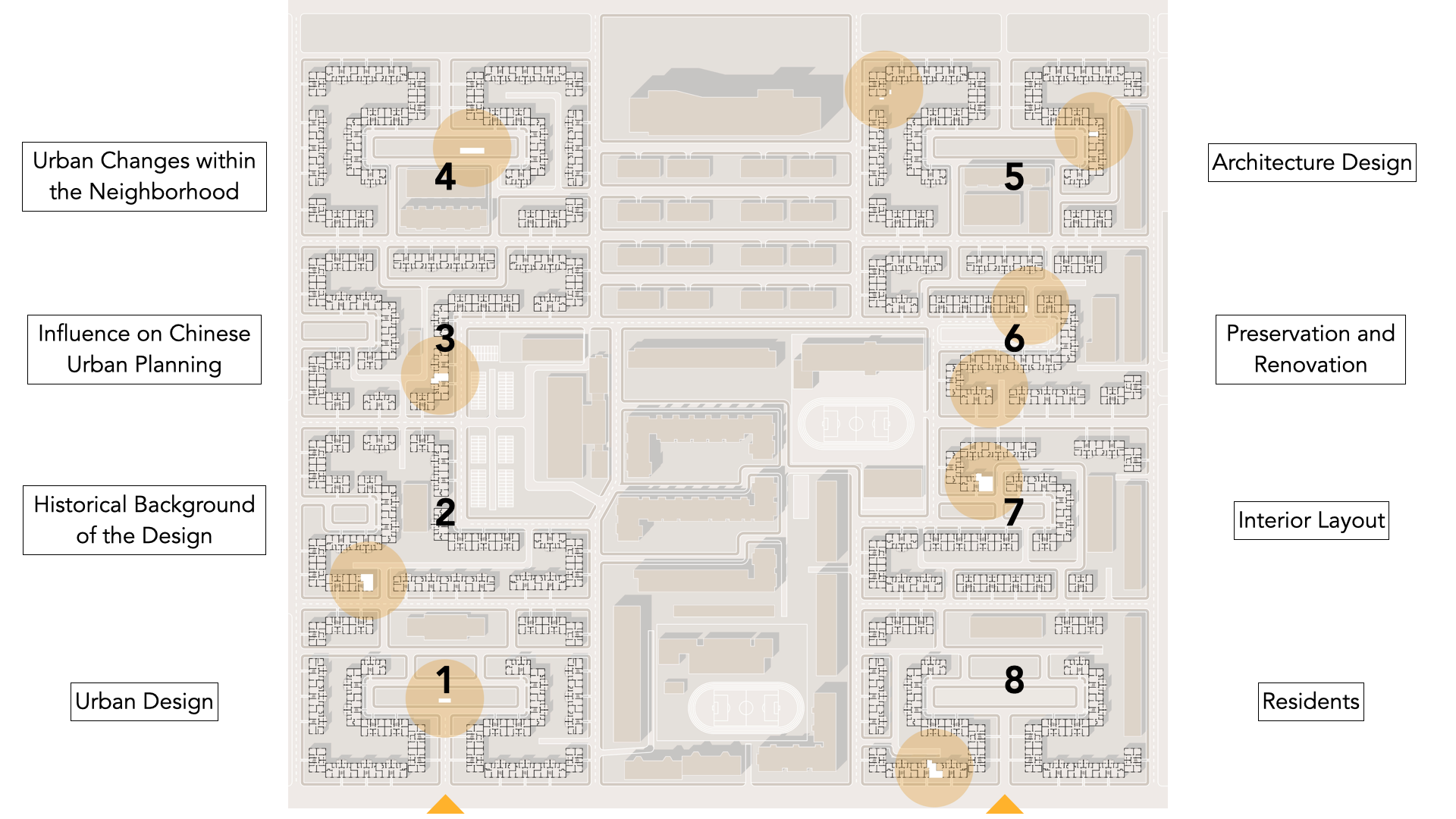
Target Group
Main: Students, Designers, Scholars in architecture and urban planning or related fields.
(Close to Beijing University of Civil Engineering and Architecture, China Architecture Design & Research Group and Ministry of Housing and Urban-Rural Development, etc.)
Others: Tourists
(Close to famous sightseeing place in Beijing such as Beijing Zoo, Beijing Planetarium, etc.)
Visiting Route
Image
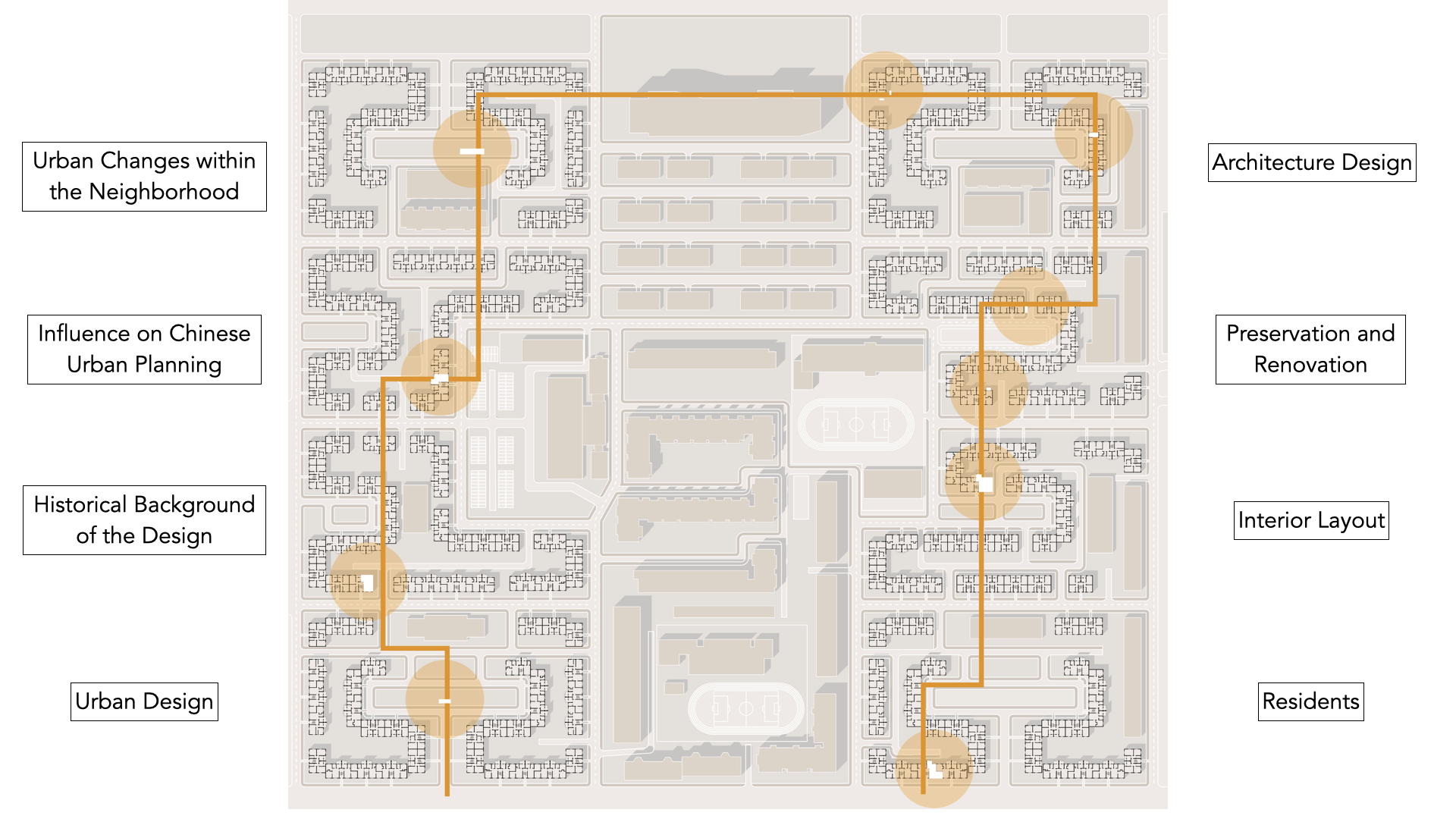
Ground Sticker Guide
Image
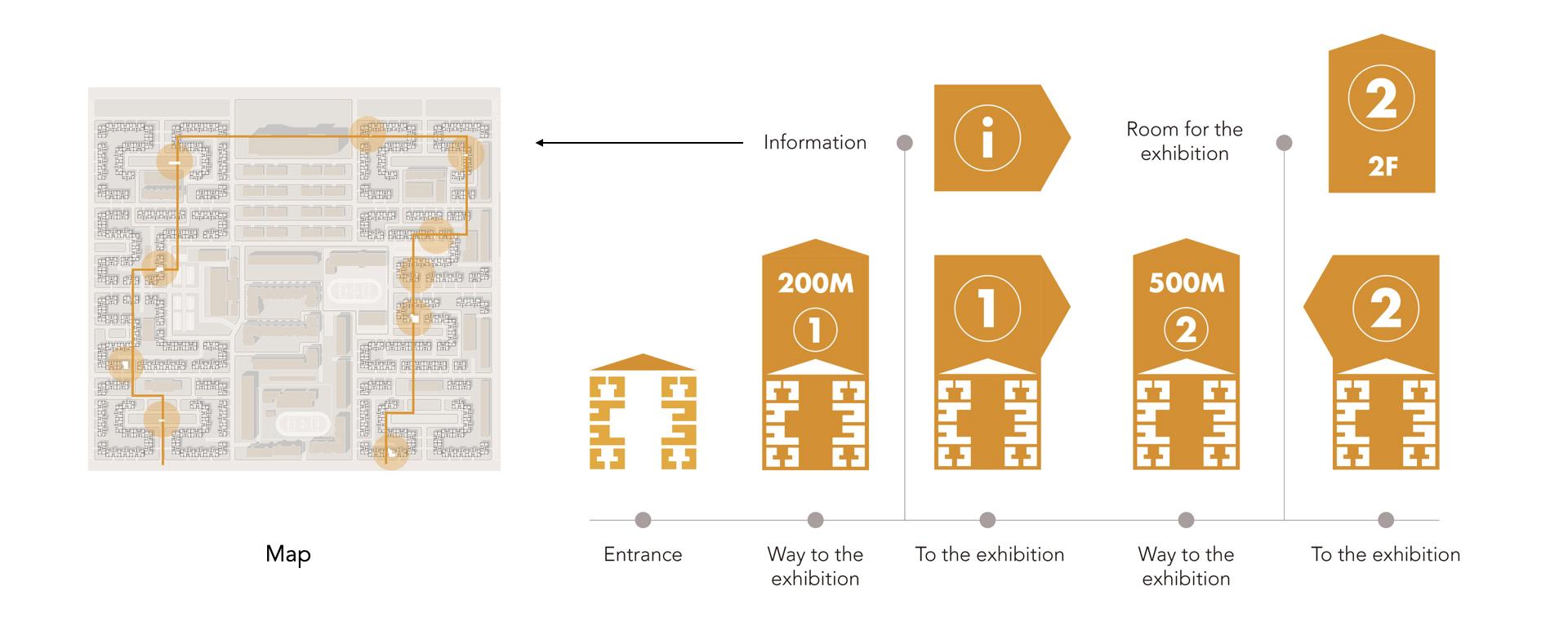
Exterior Exhibitions
Section 1: Urban Design of Baiwanzhuang
Image
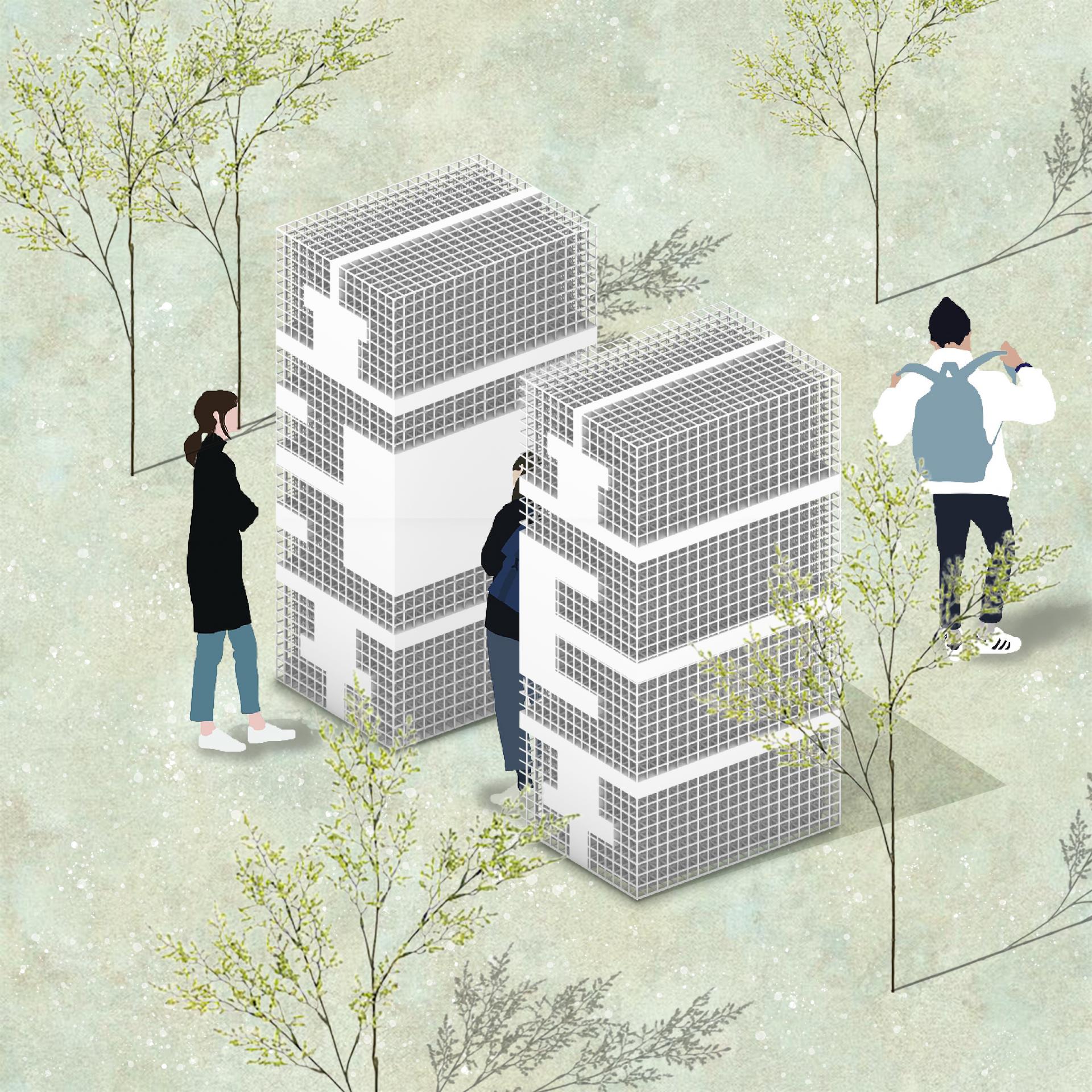
Section 5: Architecture Design / Material / Brick
Image
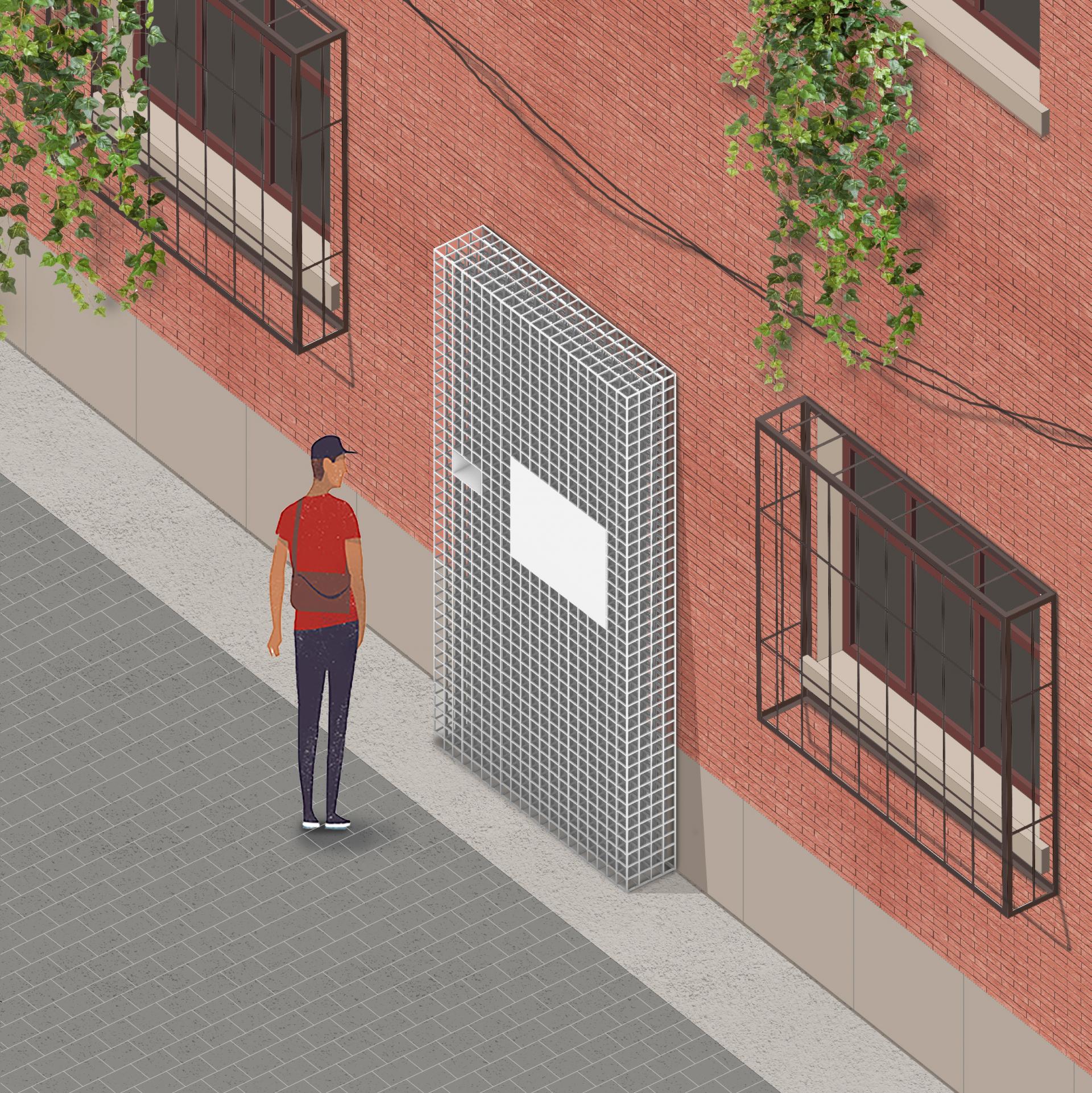
Section 5: Architecture Design / Details / Door and Ceiling Decoration
Image
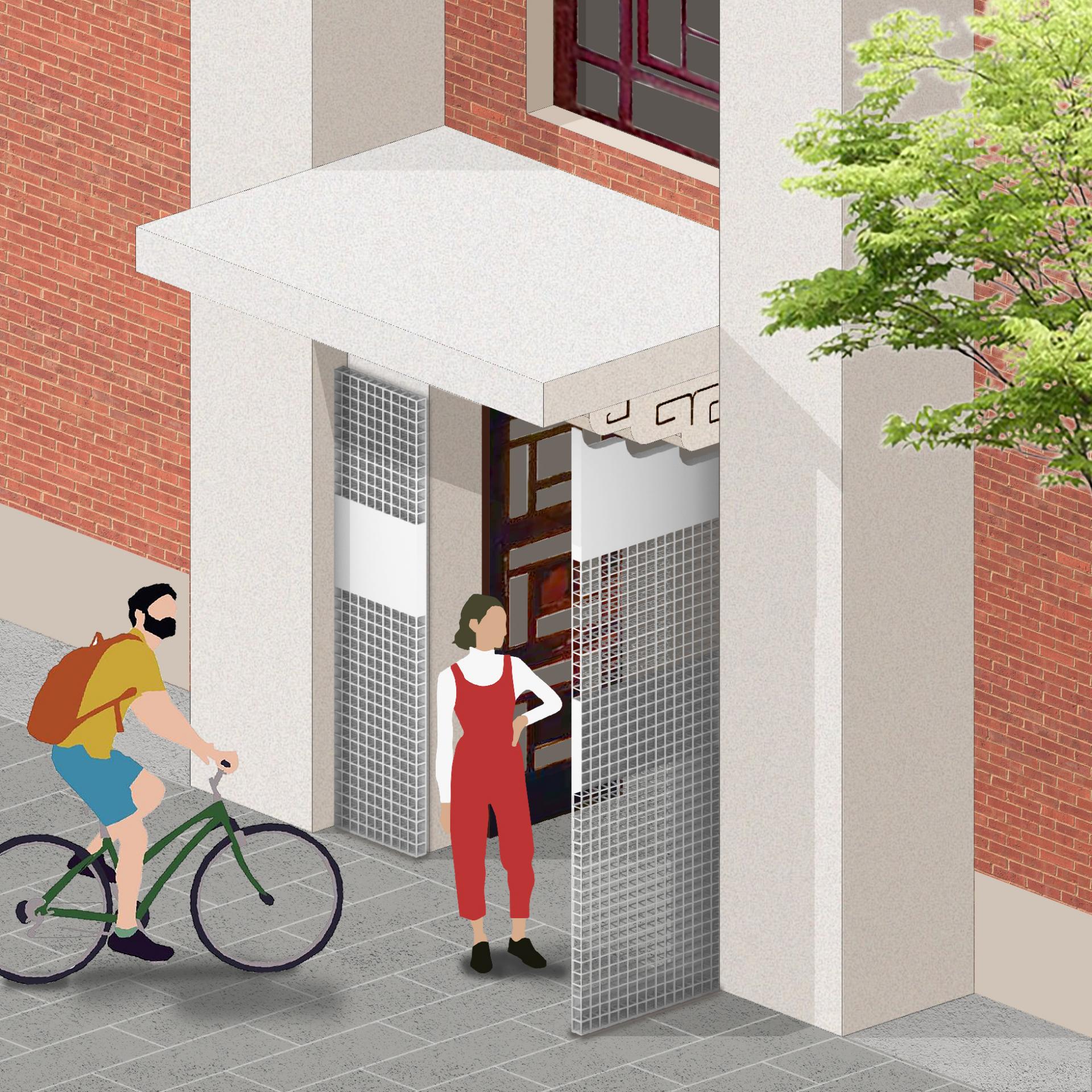
Section 5: Architecture Design / Structure
Image
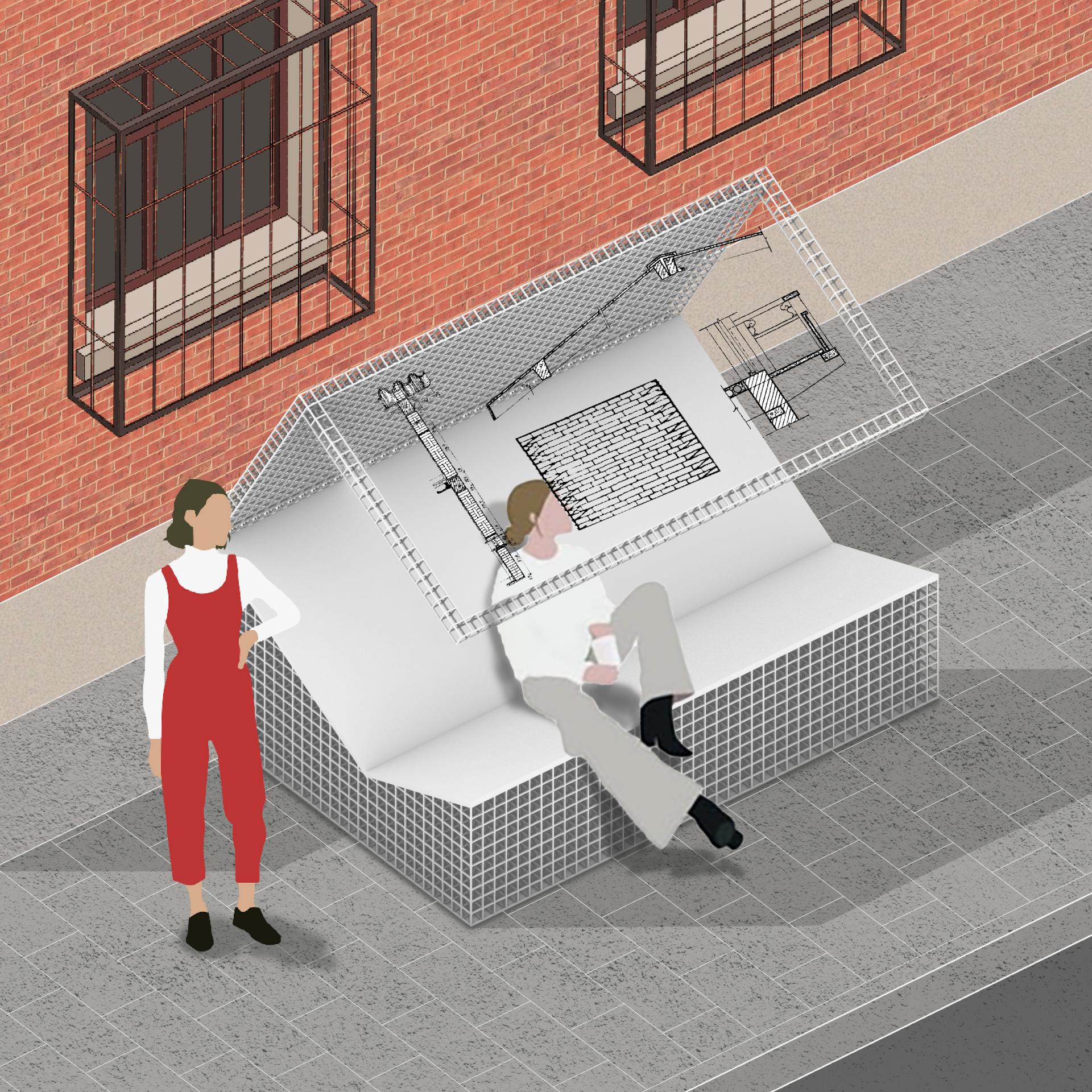
Section 4: Urban Changes within the Neighborhood
Image
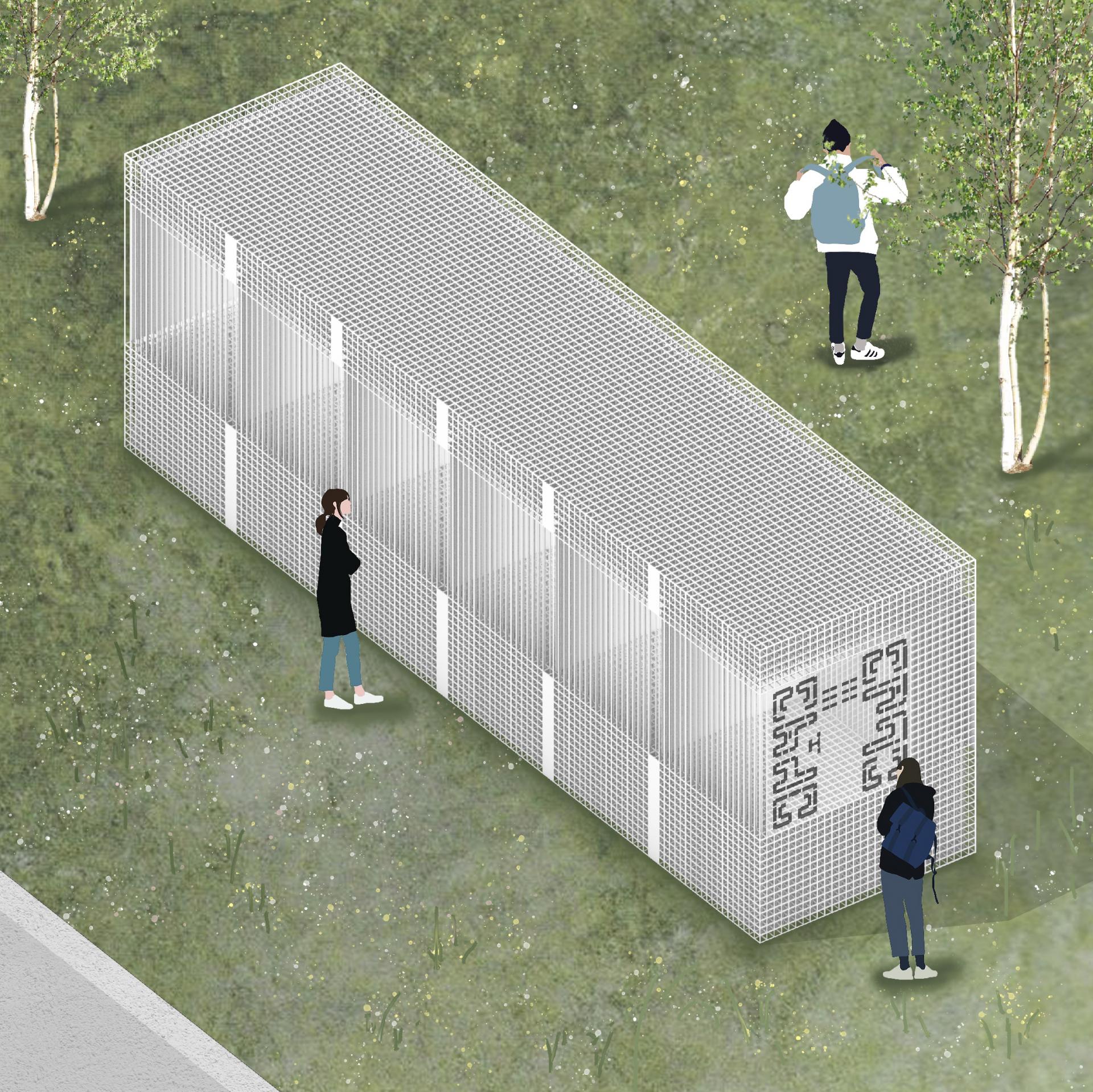
Section 5: Architecture Design / Material / Roof
Image

Section 5: Architecture Design / Details / Window
Image
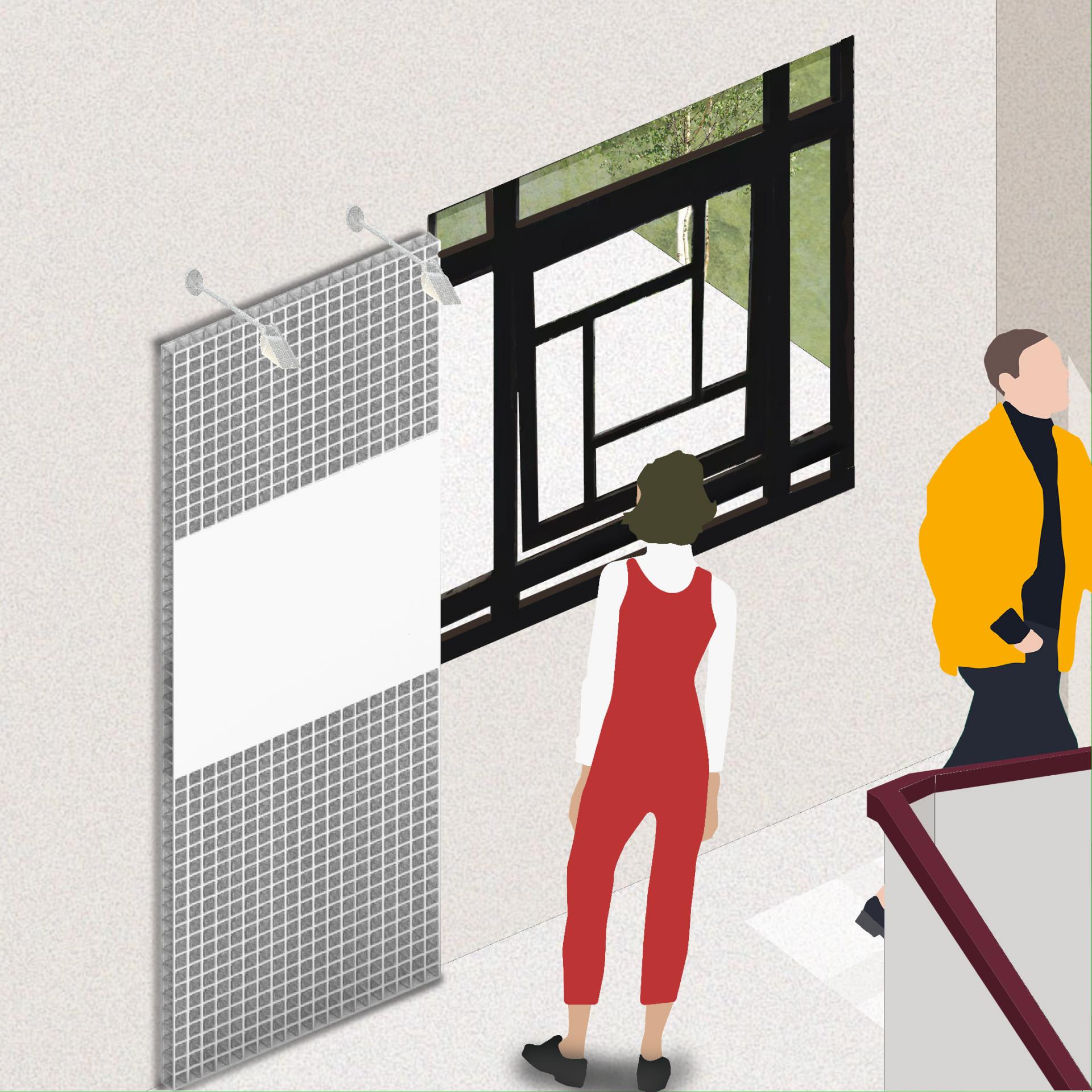
Section 6: Preservation and Renovation
Image
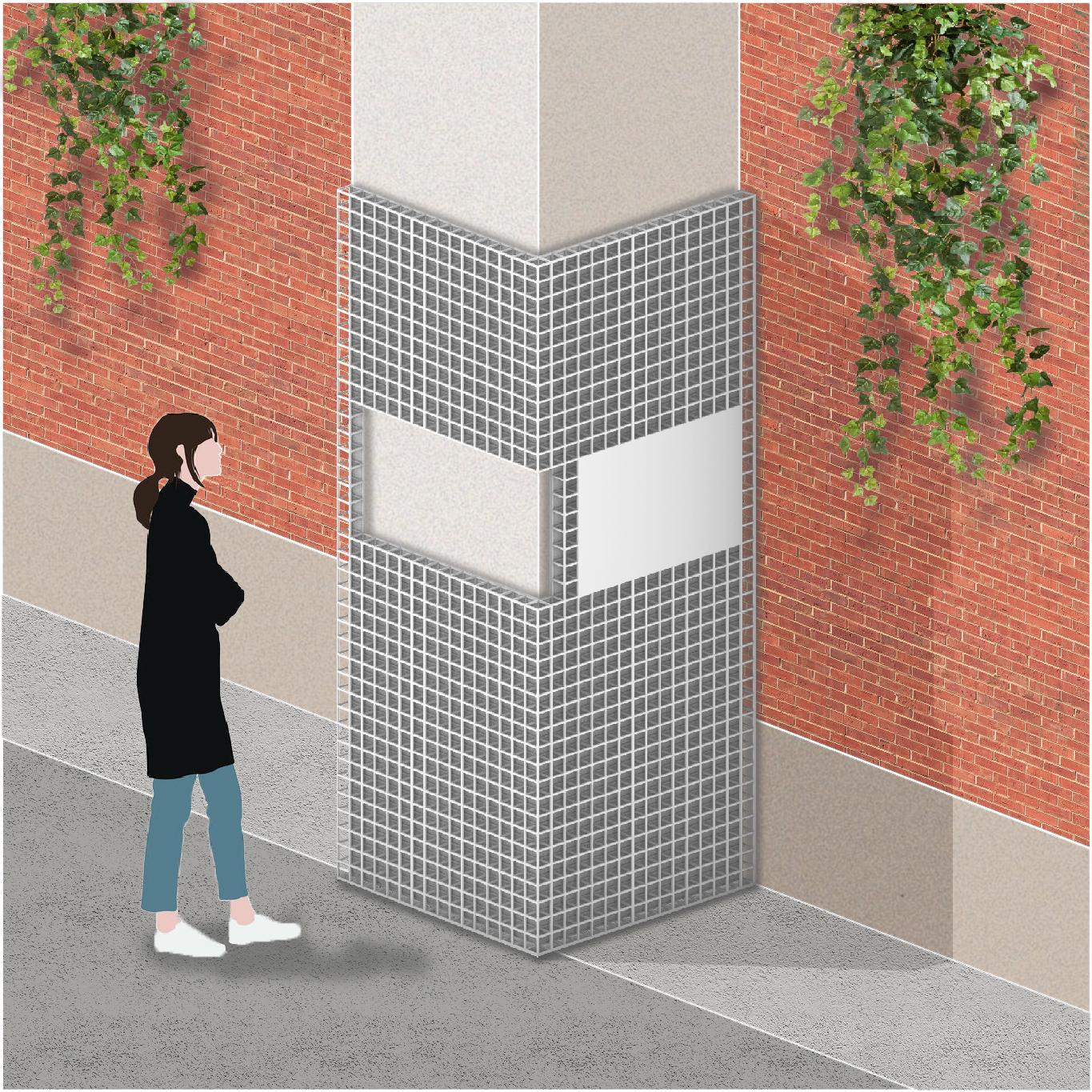
interior exhibition
Interior Exhibitions
Section 2: Historical Background of the Design
Image
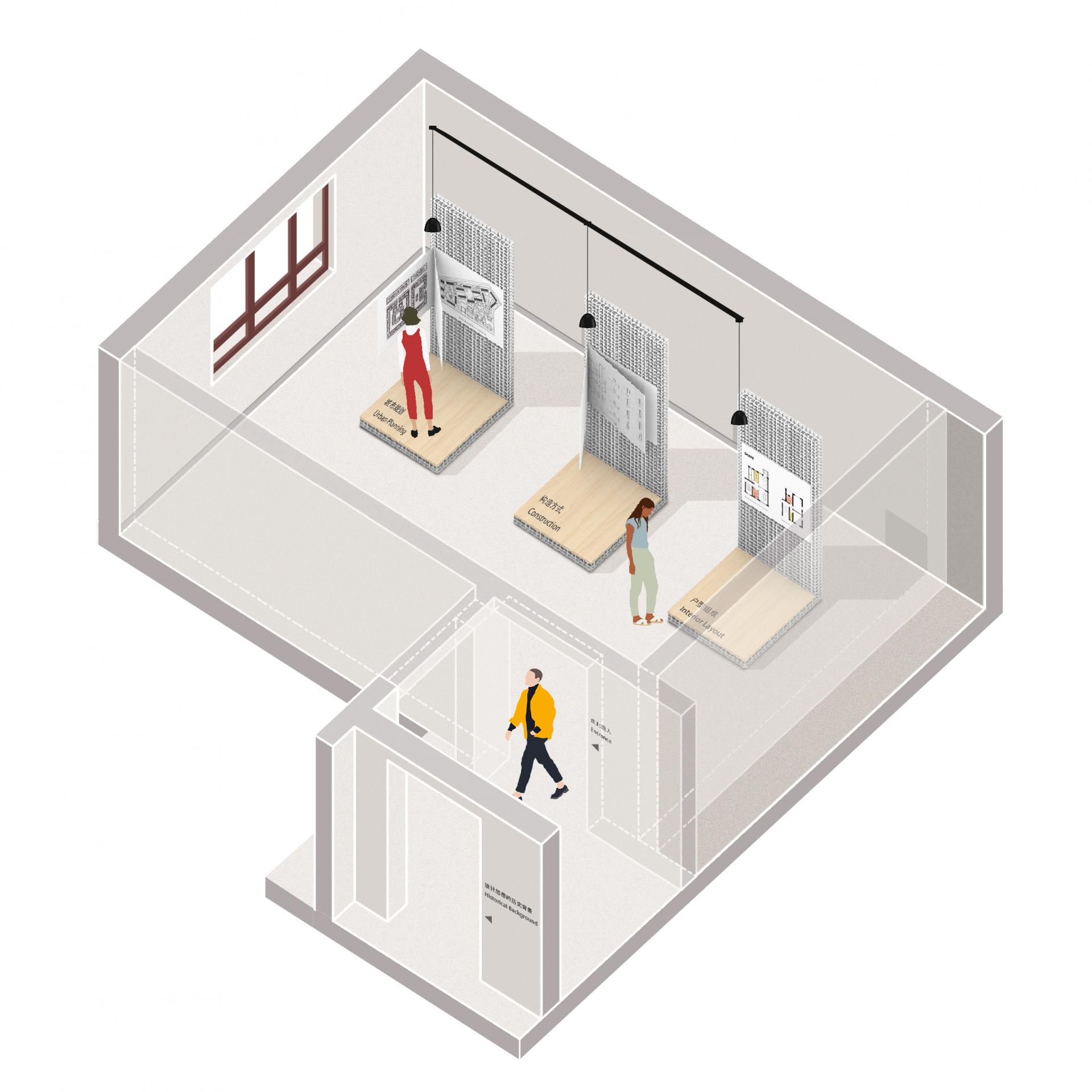
Section 7: Interior Layouts
Image
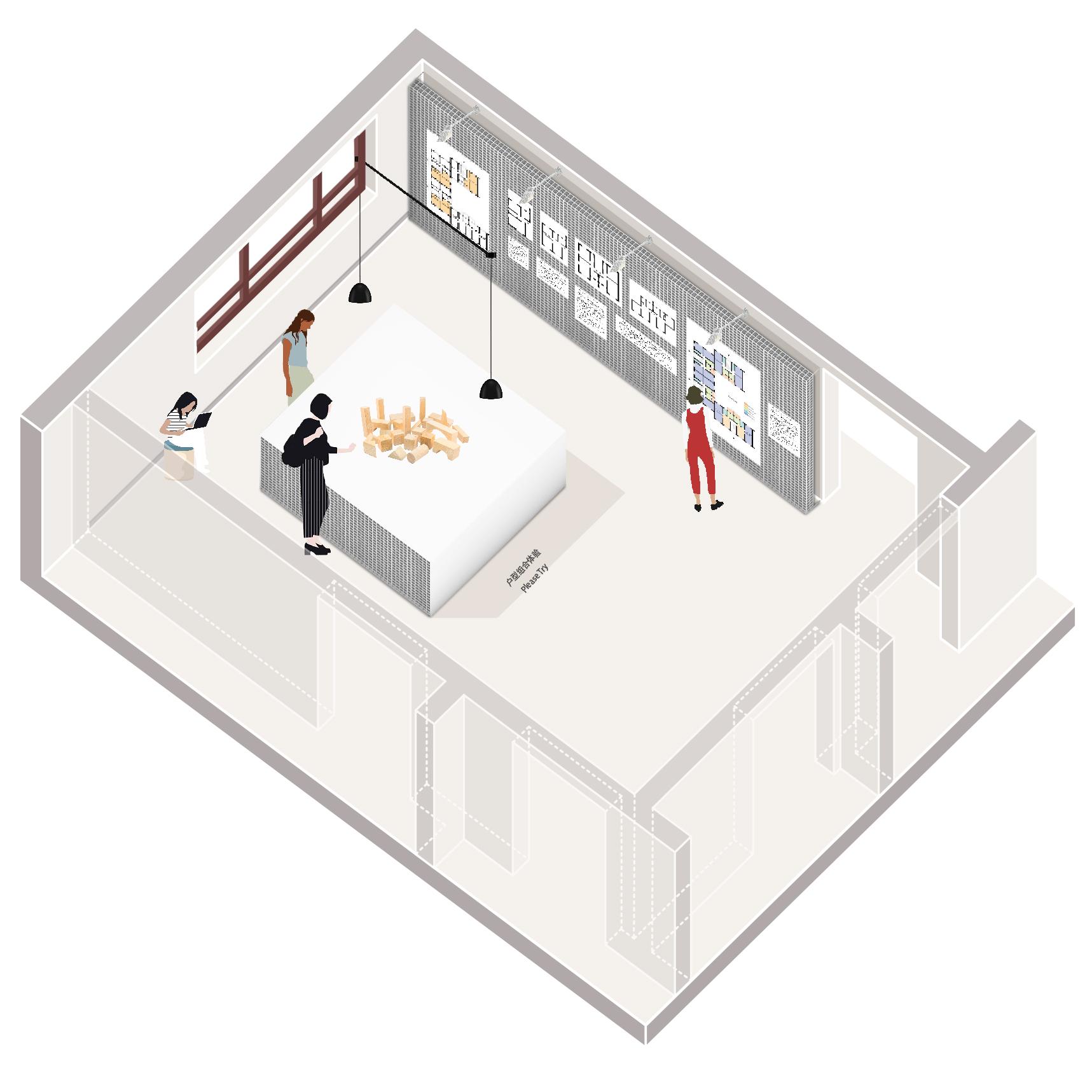
Section 3: Influence on Chinese Urban Planning
Image
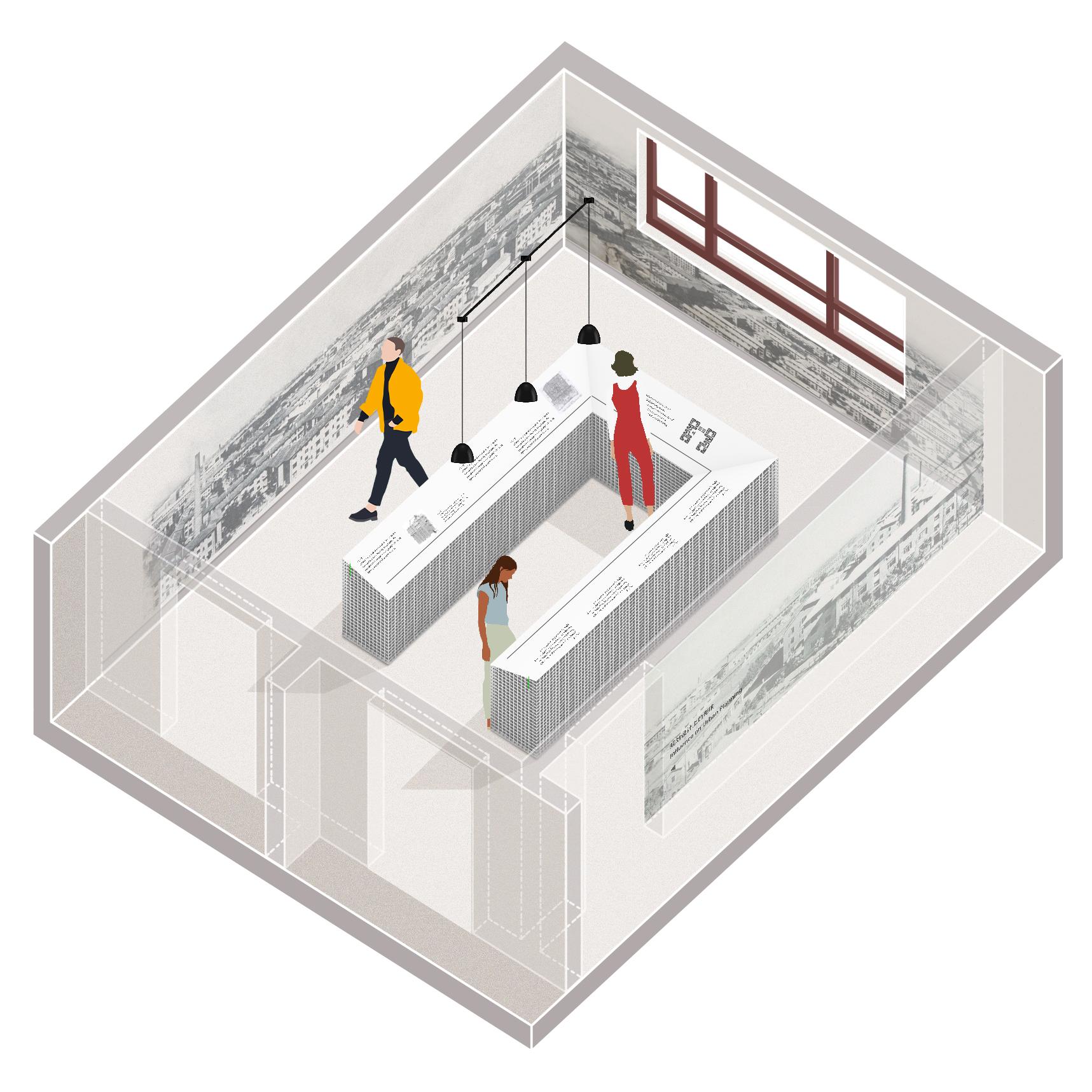
Section 8: Residents
Image
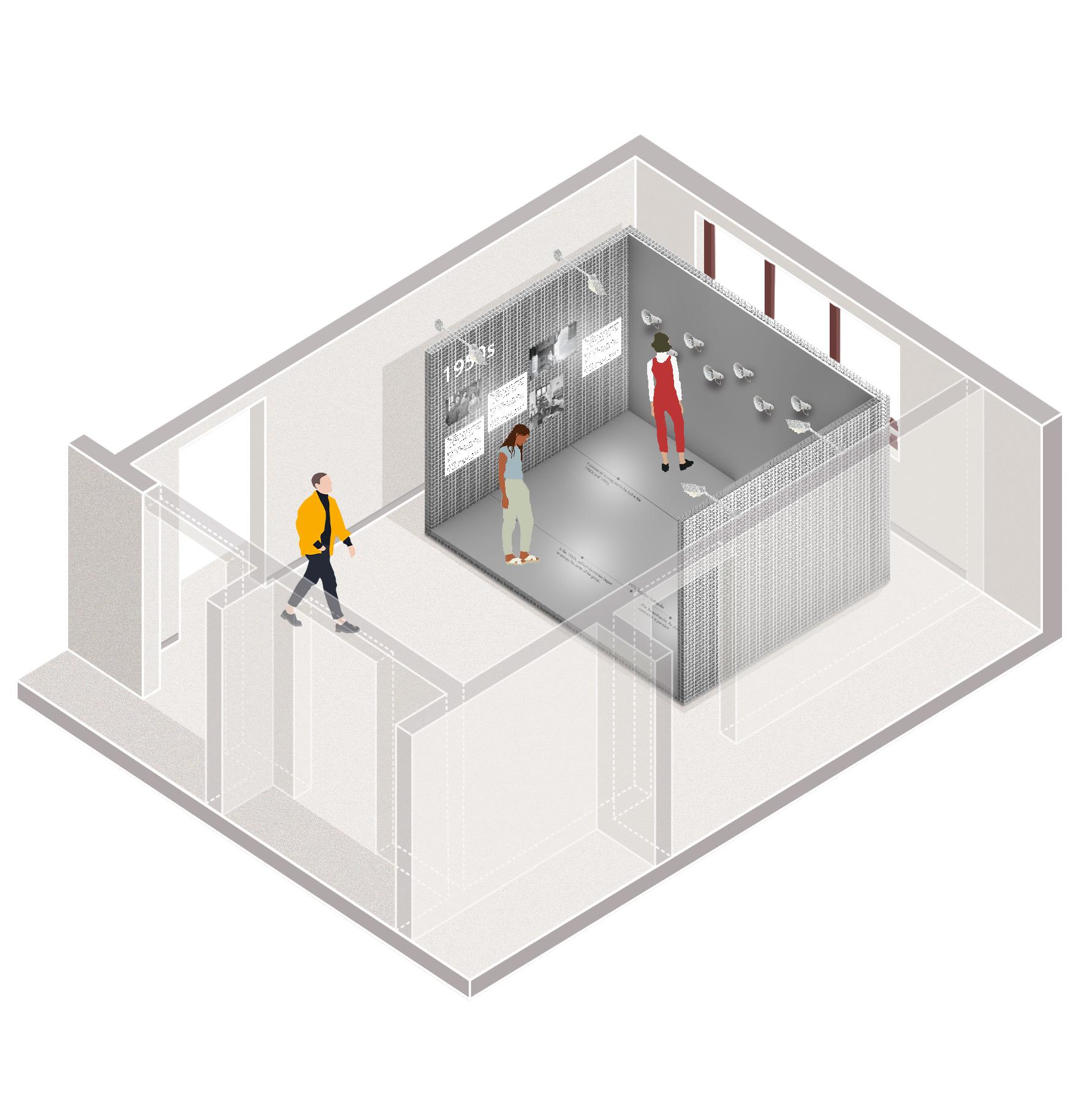
More Experience
Location of venues
Image
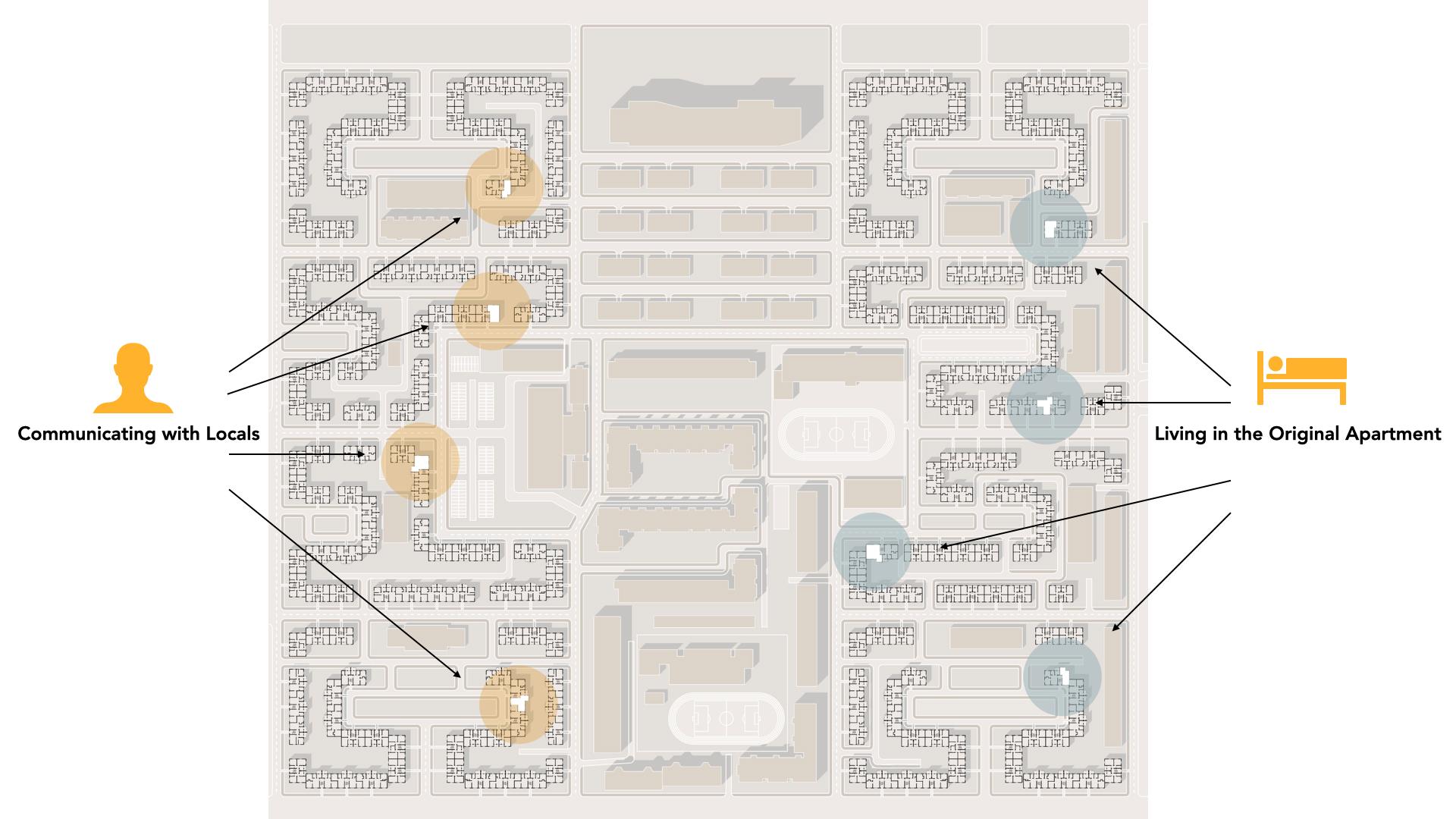
Book your experience online
Image
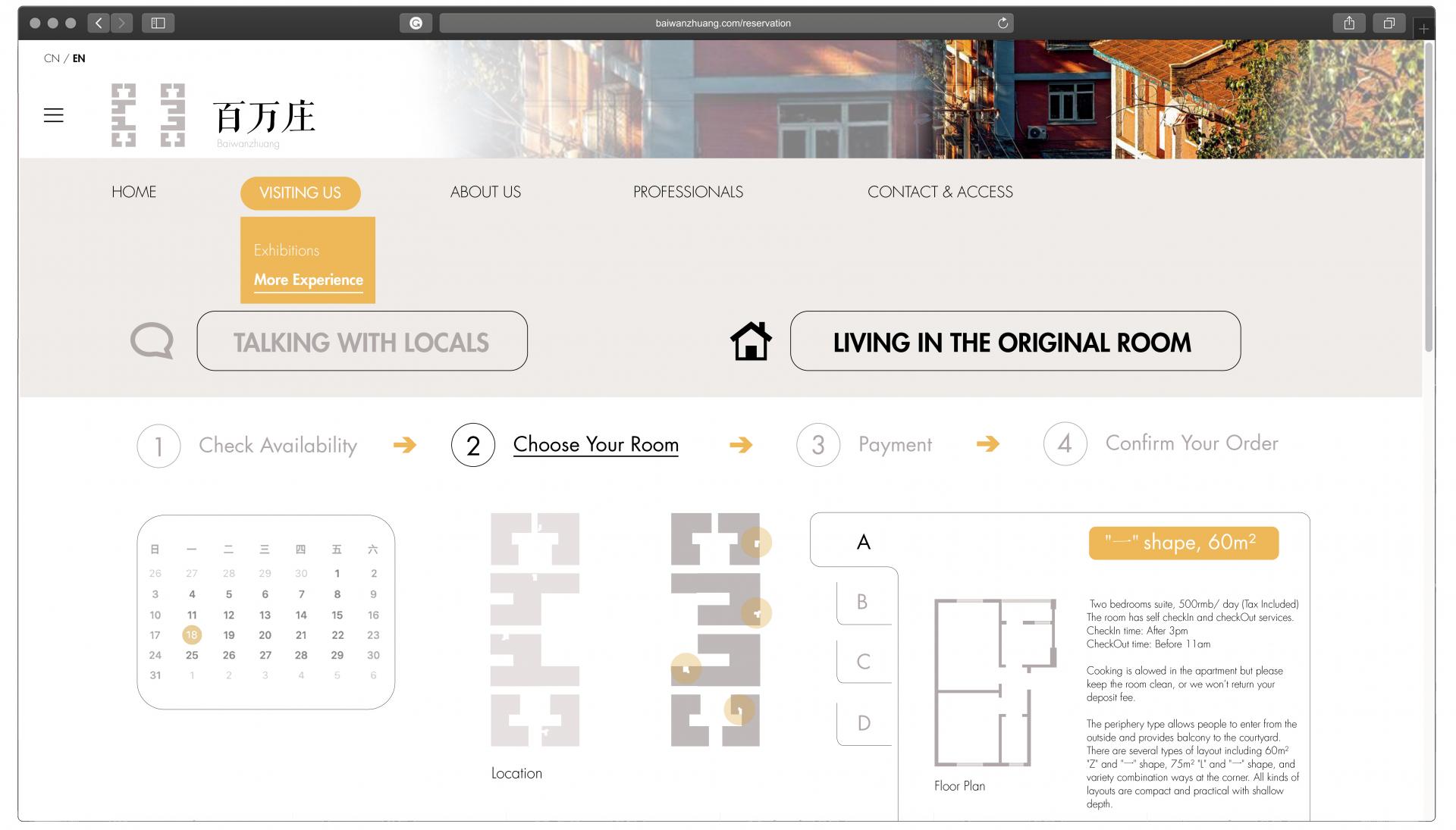
About Me
Image
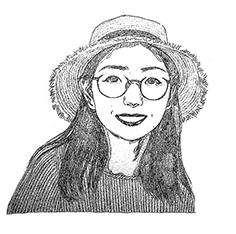
Personal Website: www.muyiran.com
Instagram: https://www.instagram.com/myrskrr/